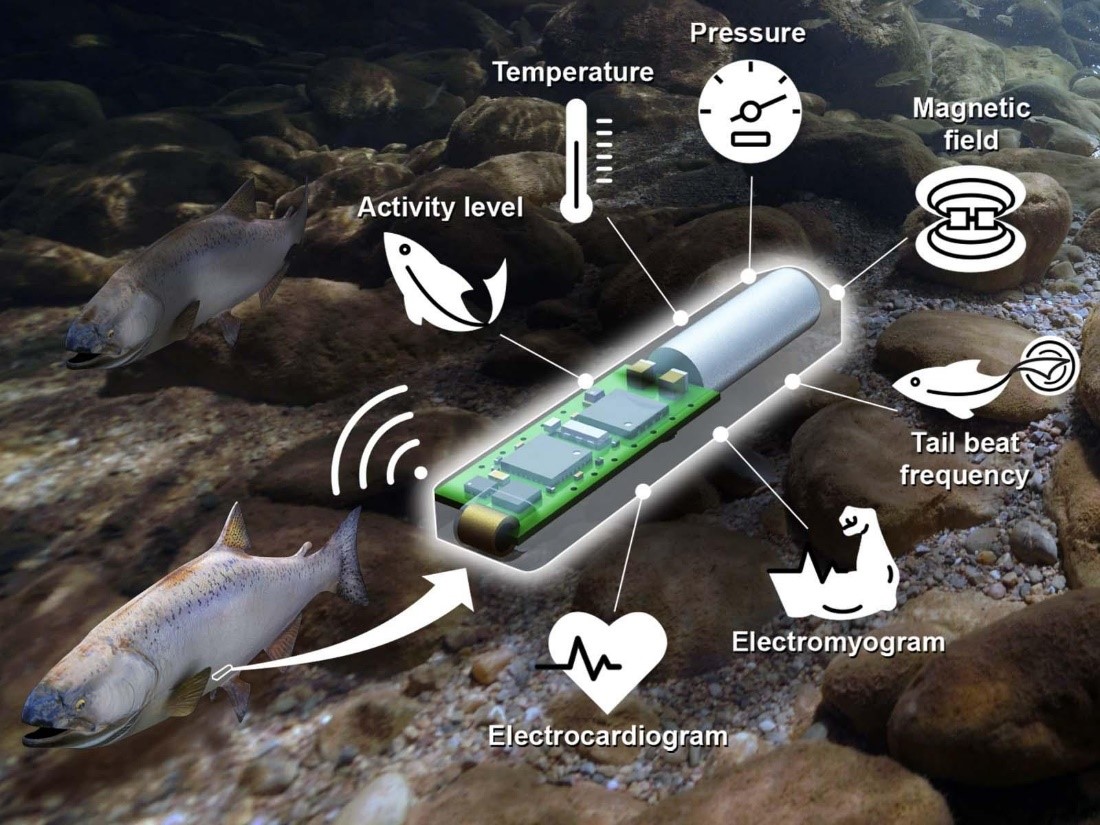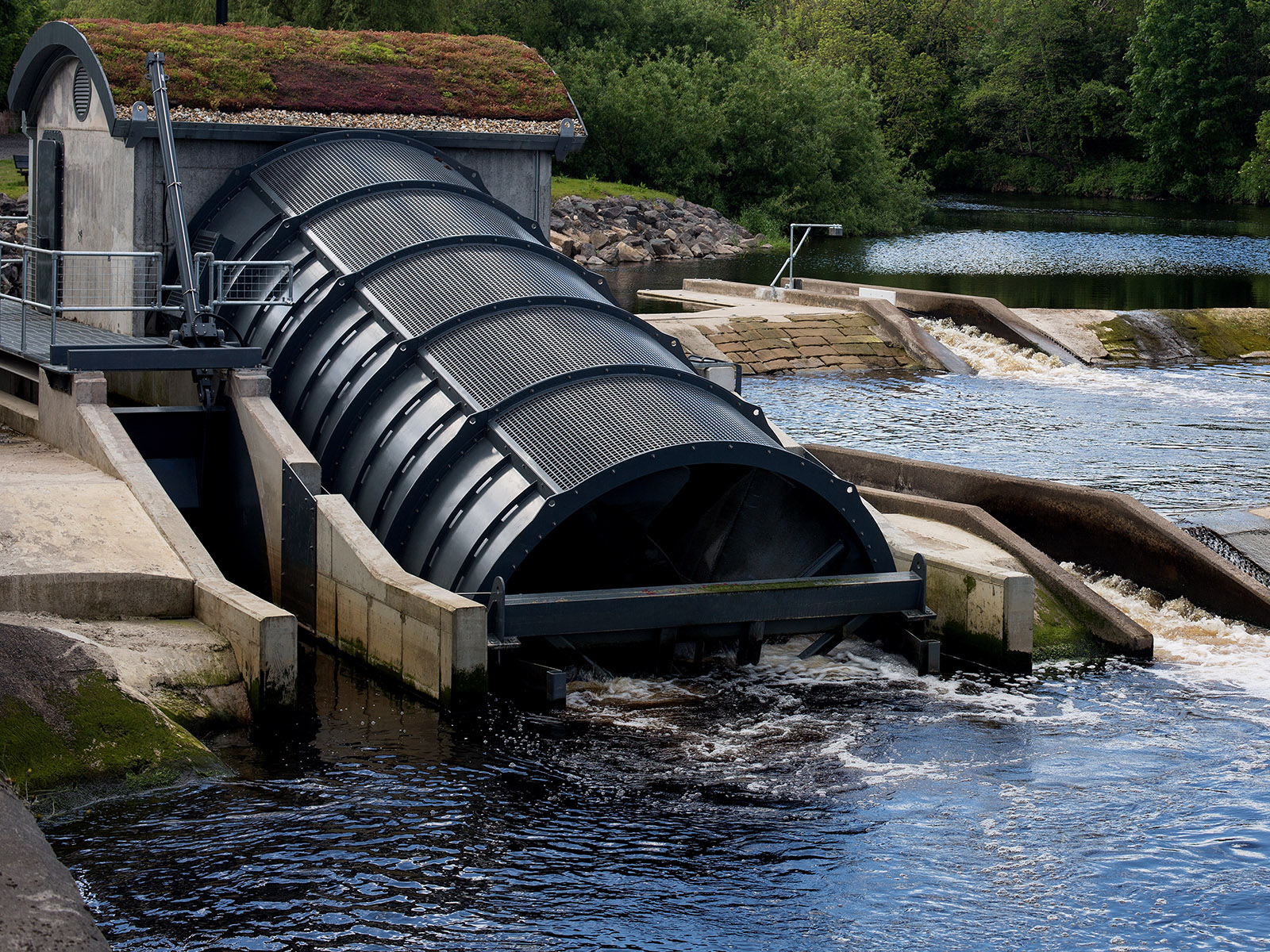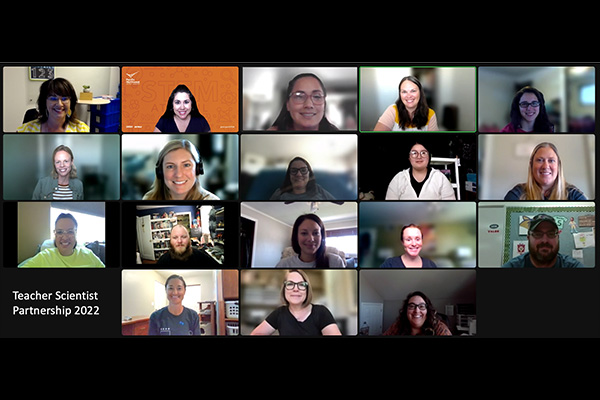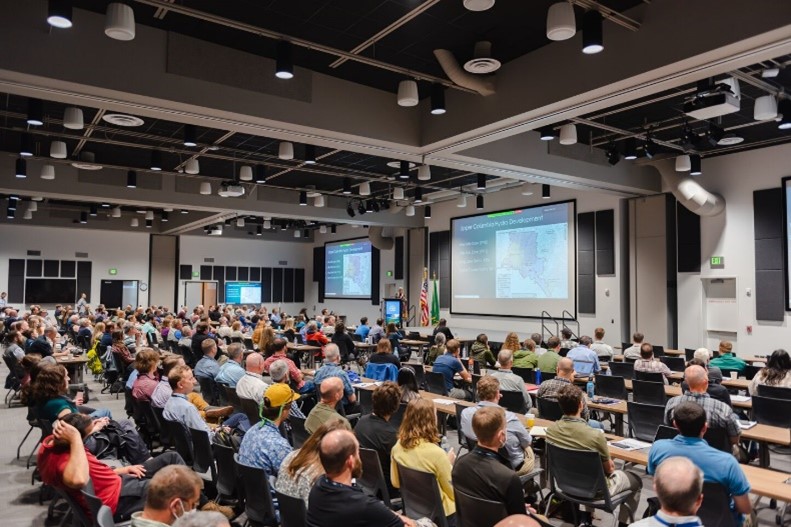National Hydropower Day
Recognizing the resource's contributions to the electrical grid
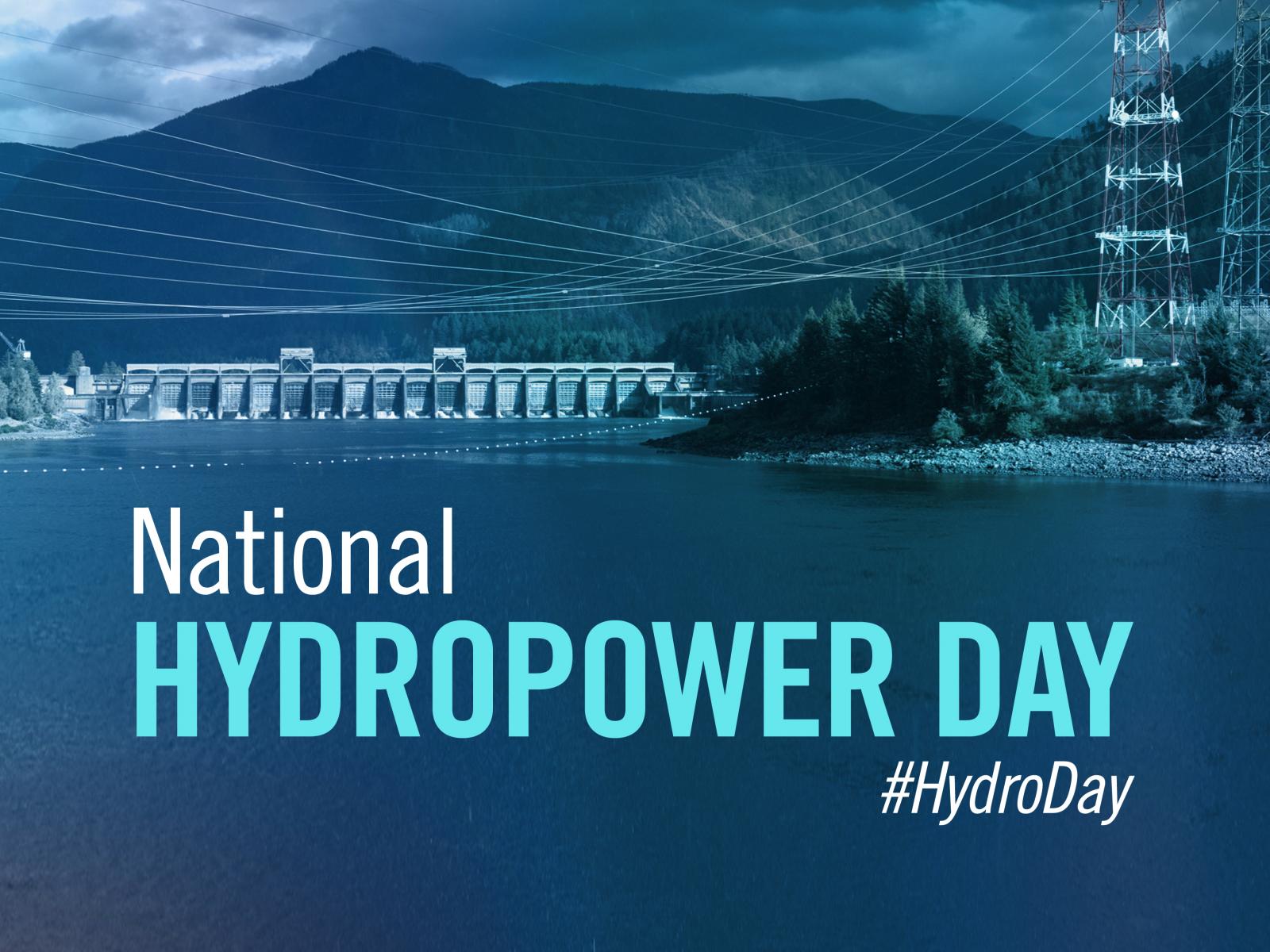
Composite image by Jeffrey London | Pacific Northwest National Laboratory
August 24, 2022
Related Research
Faster Fish Tracking With the Cloud A New “Fitbit” for Fish Spills Secret Life of FishNewly Released Data Show How Fish Pass Through DamsWhy We Need Hydropower for a Resilient GridAre Microgrids a Key to Grid Resiliency? New Tool To Aid Pumped Storage Hydropower DevelopmentCold Spray to Help Keep Turbines Spinning

